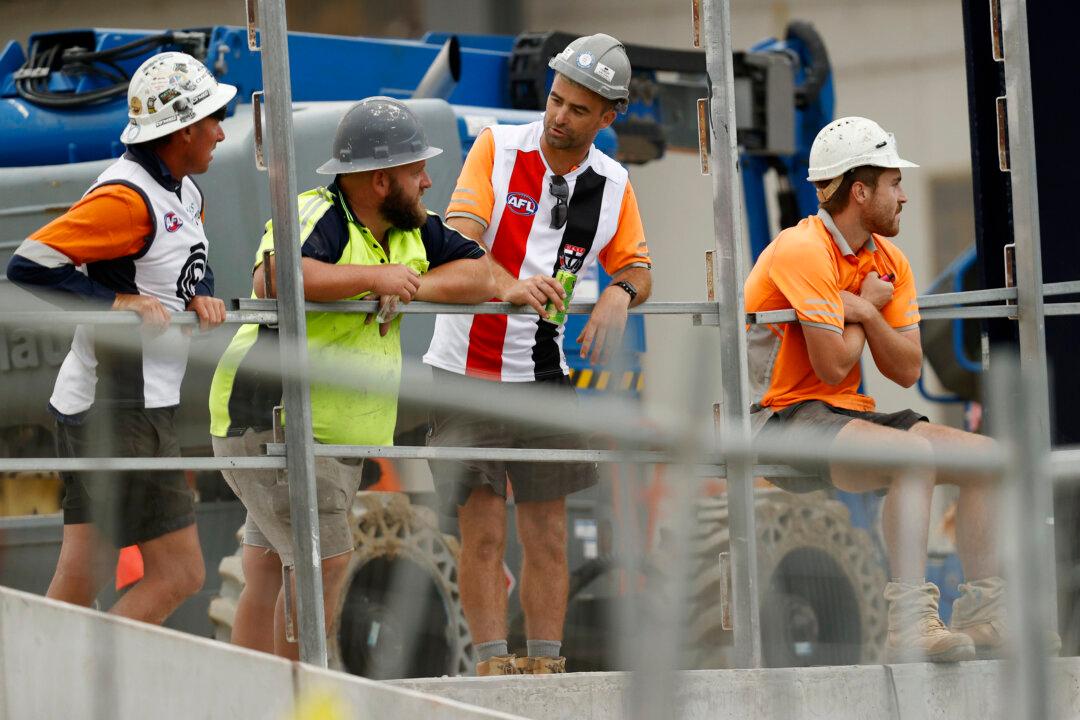In an Australian-first Building Equality Policy (BEP), the Victorian government has announced that the country’s most male-dominated industry will need to employ a minimum number of women by 2024 or face penalties.
Aimed at “disrupting gender stereotypes,” women now need to make up at least 38 percent of roles in government-contracted projects to help more women enter the construction, infrastructure, and civil engineering sectors.





